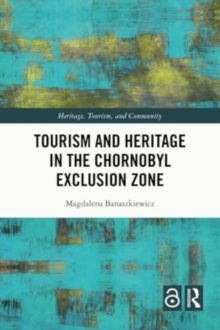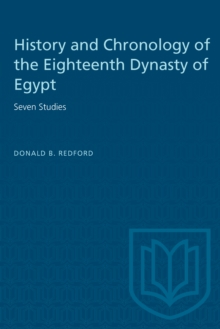
Seeds and Fruits of Plants of Eastern Canada and Northeastern United States PDF
by F.H. Montgomery
Part of the Heritage series
Description
Hitherto, there has been no way to identify Canadian and US seed samples except to compare them with known specimens. Identification has been a process of elimination depending on the experience, knowledge, and memory of the observer. The Seeds and Fruits of Plants of Eastern Canada and Northeastern United States describes and illustrates the seeds of about 1100 species of native wild and introduced weedy plants from some 118 families, and provides keys for their identification based on their geometric shapes. The primary tool used in describing the shape of the seeds and keying them is the chart of symmetric plane figures developed by the Systematics Association Committee of the International Association Plant Taxonomy.
That seeds, which were obtained from herbaria or the author's own collection, were thus sorted and classified according to the exact shape of their longitudinal and cross sections to form the major sections of the key. Morphological details, observed under magnifications up to 30 x, were then used both for minor separations in the key and in describing species. Photography was chosen as the most accurate means of illustration.
While primarily intended for taxonomists and those teaching seed identification, as a text and for verification of identifications, this book will also be an important reference for studies of archaeology studying seed remains, ecologists studying bog formations, and see analysts both in Canada and the US.
Information
-
Download - Immediately Available
- Format:PDF
- Pages:244 pages
- Publisher:University of Toronto Press
- Publication Date:15/12/1977
- Category:
- ISBN:9781487583156
Information
-
Download - Immediately Available
- Format:PDF
- Pages:244 pages
- Publisher:University of Toronto Press
- Publication Date:15/12/1977
- Category:
- ISBN:9781487583156










